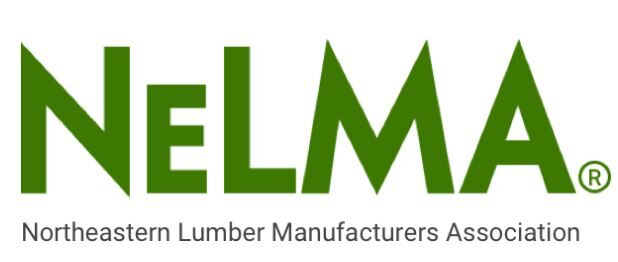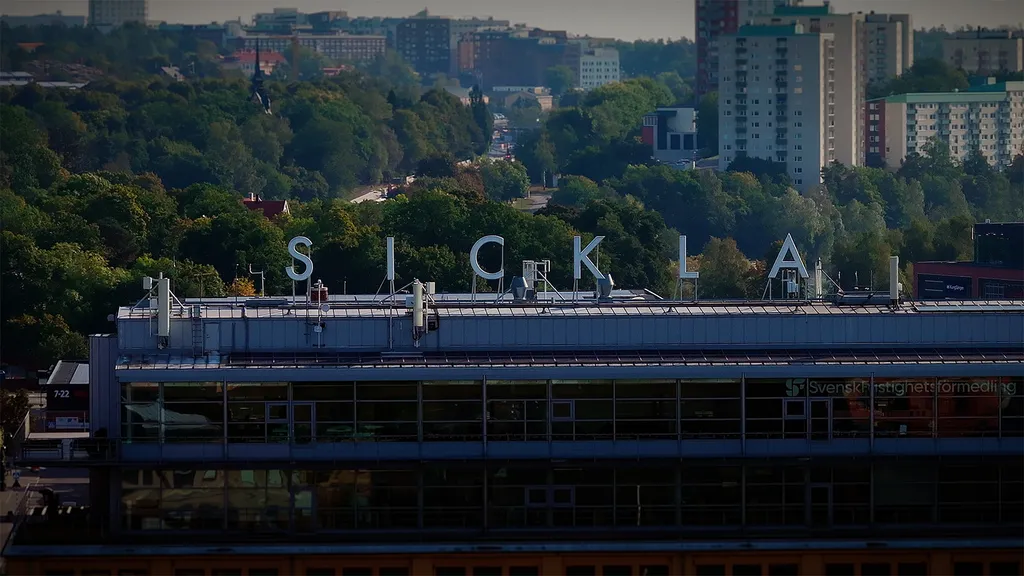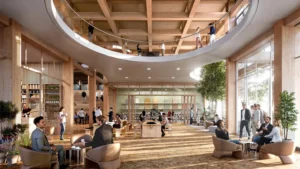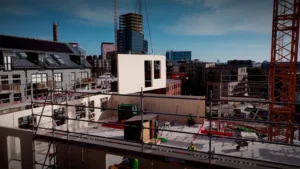
What is it about soccer and eastern white pine? We recently posted about Portland, Maines first pro soccer team – Hearts of Pine – named after the state’s most beloved species of tree: eastern white pine. Not to be outdone, the New England Revolution unveiled their new Eastern White Pine kit, inspired by the Flag of New England on the 250th anniversary of its first use by New England colonies in the Revolutionary War.

The new 2025-26 uniform marks the first time in a decade that the original MLS club pays homage to the historic Flag of New England in its kit design, which was first adopted by the New England colonies in 1775. For years, Revolution supporters have proudly flown the flag at home matches, making the historic design synonymous with the club. While the Flag of New England has regularly been featured as a minor accent on the club’s jerseys, the new kit’s design iterates on past tributes by focusing the Eastern White Pine featured on the flag.

New England will wear the new Eastern White Pine kit for the first time in a preseason friendly at Gillette Stadium on Saturday, February 15 vs. Hartford Athletic (7:30 p.m.).













